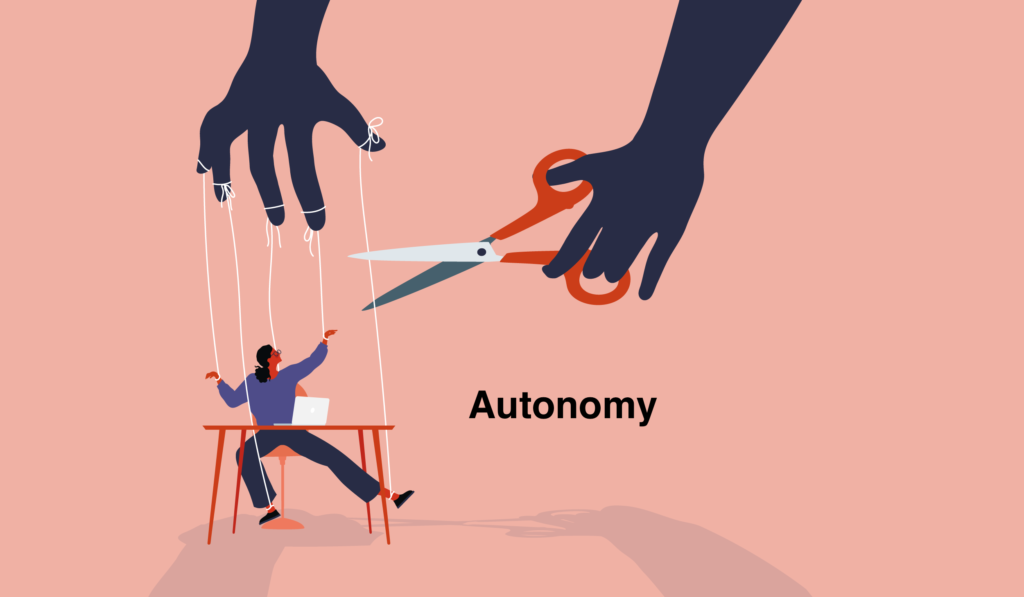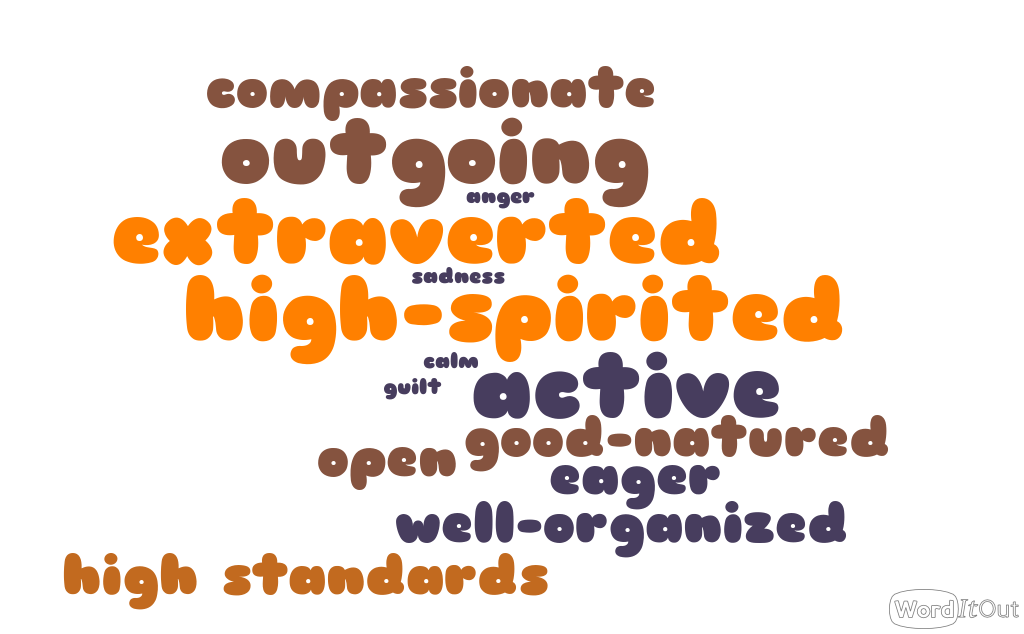BLOG 10

It is difficult to determine your own performance in a course before starting. I expected this course to be challenging, and I was correct. I was also correct in my prediction that the course would be rewarding. Both my professional and personal life have benefitted from the materials covered.
While I believe there is always room for improvement, I feel that I have definitely made progress in being more culturally aware. This course has helped me understand many differences between cultures, and how to notice important differences between them. In additional to this, I feel that I can better communicate with others about culture because of this course.
My attitudes toward Cross-Cultural Psychology have not changed. Going in, I believed the subject matter was important, the content was necessary, and the knowledge gained was invaluable. The only aspect that changed for me, was how deeply rooted cultural differences and misunderstandings were. While I wasn’t naïve to think that the course would be easy, my attitude going in was more closely aligned with there being much less information to learn.
If I took this class again, I would focus more on studying early on. I took the information somewhat for granted in the beginning, which lead to lower-than-desired test scores. Additionally, I then had to go back and re-learn information to adjust for my delinquency, which further added to my stress. I feel that I have turned it around quite well but wish I could go back and be more diligent.
Over the past few months, I have certainly learned my weaknesses as a student. I have undervalued organization, and, for that, I have become more aware of what I need to do to be successful. This course was paramount in my ability to grow academically, as it provided me with opportunities for both success and failure.
I have the privilege to work with people with all sorts of cultural backgrounds. in doing so, I must be very aware of any differences I might have with them and how that effects our communication with each other. This course has taught me what the value of these differences are and how to be a more effective learner before approaching situations.
Finally, our first Assignment Activity was about assessing our cultural competence. I determined that I was culturally competent while doing this activity. However, I certainly needed to improve my understanding of others’ cultures, as I figured out during this semester. I have been able to grow, and learned how to keep growing, so that I can provide the best services to people I work with.
BLOG 9

One main thing that I have taken away is the importance of expression in culture. In Blog 8, I looked at expressions across various cultural backgrounds. Another thing that stood out to me was the continued use of sexuality and genders stereotypes in advertising. Looking at gender representation in my fourth Assignment Takeaway really shined a light on the fact that media companies use gender, sexuality, and gender-related misnomers to sell products, and have been decades. Finally, it was eye opening to see how countries and cultures compare to each other in my first Top Artifact. Not only is the tool useful for understanding cultural dynamics, but it shows that other culture are not dissimilar from my own.
Between ePortfolio assignments, the Assignment Takeaway regarding gender stereotypes in media and my second Top Artifact, gender stereotypes in the workforce, were very comparable. The former discussed how sexuality and stereotypes between men and women are used to sell things to the public. The latter gave great insight into how different people view gender stereotypes between various occupations. Through both assignments, a light was shone on how gender stereotypes are not only natural, but there is also great room for improvement in improving gender views in society.
Autonomy is one aspect that was discussed in this course. While autonomy was framed in a more cultural sense, it is very similar to developing autonomy and independence in Child Development. While discussing autonomy as being valued in interests, values, or desires, the same can be argued for developing infants and children. While raising children, we foster and, sometimes unintentionally, influence their thoughts, feelings, and desires. This leads to development of attachment, and later independence. Culturally, we look at autonomy from a social perspective, while we look at autonomy in Child Development from a developmental perspective.
BLOG 8

I have been fortunate enough to interact with people from many different cultures. This includes Chinese, Jamaican, Pakistani, and Mexican. There are different ways they express themselves socially, and some of these expressions came as a surprise. In my experience, Chinese and Middle Easterners have expressed themselves with joy, but are reserved at the same time. I had expected a more stoic presence from both. Jamaicans have expressed themselves as very boisterous and dramatic. This is something I had expected. However, I did expect more excitability, which they did not express. I also expected Pakistanis to be stern, which was my experience. Although, this quickly faded away in a positive atmosphere. Finally, I expected Mexicans to be very lively. In my experiences, though, they have been very shy and reserved.
I believe that universality in culture can be very helpful. Presenting with a smile or other non-defensive expression, as well as maintaining eye contact (where appropriate) is vital to letting other from different cultures get am understanding of your emotions and intentions. It should also be kept in mind that respecting and understanding cultural differences in expression is important as well.
BLOG 7

Fairy tales often reflect the cultures of which they are based. From Beauty and the Beast in 1700’s France to Pinocchio in late 1800’s Italy, fairy tales are reflective of their time and location. Values of the time period, as well as cultural approaches to gender, sexuality, and society are exemplified in the storytelling.
Main characters in fairy tales provide examples of equal representation in adaptations of fairy tales. Merida, the protagonist from the Disney movie, Brave, is one such character. The premise of the film is to present Merida as equal to her male counterparts and to show that women can be “brave” just like the warriors in their community.
I do not feel that I strongly identify with any main characters of fairy tales. However, there is one semi-main character that I connect with the most: Luisa from the Disney movie, Encanto. While I am not a large, strong woman, I identify greatly with her characterization of shouldering burden in a large family. Her character arc, including letting go of the weight and enjoying her own life, is very near and dear to me.
BLOG 6

Self-determination theory (SDT) is a scientific approach in looking at one’s need to be autonomous, competent, and relatable. While these are subjective traits, SDT is used as an empirical approach to things that are otherwise organic. Autonomy can be determined by how people act. If one acts based on their interests, values, or desires, they are arguably acting with autonomy. In terms of competence, Cognitive Evaluation Theory (CET) can be used in to empirically look at how intrinsic motivation is affected by external events (Ryan & Deci, 2000). CET is used in research regarding competence and autonomy. Lastly, relatedness can be determined through SDT by noting attachment levels in children and parents.
References
Ryan, R. M., & Deci, E. L. (2000, January). Self-Determination Theory and the Facilitation of Intrinsic Motivation, Social Development, and Well-Being. American Psychologist, 55(1), 68-78.
BLOG 5

In order from 1 to 10, I am a husband, a father, committed, anxious, curious, an educator, a student, witty, talented, and intelligent. In terms of my independent construal of self, that is, who I am separate from others, statements 3 through 5 and 8 through 10 are associated. For my interdependent construal of self (who I am in connection with others), 1, 2 6, and 7 fit best. With independent statements outscoring interdependent statements six to four, I would say that I am more dependent than interdependent.
“Me, myself, and I”, “too many cooks spoil the pot”, and “you control your own destiny” are all examples of independent construal of self. “There is no I in ‘team’” and “teamwork makes the dream work” are examples of “proverbs” that depict interdependent construal of self. While it was easier to come up with interdependent statements, I was able to come up with more independent statements. I am in a professional position where interdependence is vital to our success. With this, statements regarding relying on one another are commonplace. Not that I don’t believe in togetherness, but I agree that I function better on my own.
BLOG 4

Let me first begin by saying that I am not disappointed in my score on the first exam of the semester. However, I am a bit disappointed in my approach leading up to the exam. My study habits were not to par, and that is reflected in the outcome. Reviewing Exam 1 showed me that I did not take enough care in every facet of the material covered. I was far more diligent on making sure I understood new information over previously learned information. So much so, that the majority of my missed questions were on subjects that have been regularly covered in most of my psychology courses. In the future, I will pay much better attention to all areas of information. To do this, I will spread out entering information into the study guide and reviewing it throughout the week before the exam. This has worked very well for me in the past.
BLOG 3

The NEO personality test provided an interesting insight into my personality. The test measures Neuroticism, Extraversion, Openness, Agreeableness, and Conscientiousness. I scored average in Neuroticism. This is consistent as I am able to remain calm under pressure. However, I struggle medically with feelings of doubt, which is counterintuitive to calmly approaching stress. I scored very high in Extraversion. This is primarily consistent. Preferring to be around others most of the time might be inconsistent. I prefer to be accompanied by someone most of the time, but that person must be close to me. Although, I am very comfortable around new people. I scored high in Openness. I have a ton of interests and always look to try new things. I also pride myself in being very creative, so this score is quite consistent. My high score in Agreeableness is consistent. I am eager to please those I am working with and consistently go out of my way to help others. Finally, I scored high in Conscientiousness. This is also consistent, as I hold very high standards of myself and focus heavily on accomplishing my goals. It is clear the NEO personality test is accurate, but is not an all-encompassing view of personality.
References
Costa, Jr., Ph. D., P. T., & McCrae, Ph. D., R. R. (n.d.). Your NEO Summary. Retrieved February 2022
BLOG 2

Digital Bookshelf: As an online student, husband, father, and working full time, low-cost options are vital to my success in school. Digital books are a cost-effective option that allows me to pursue my academic goals. – images credit: BryteWave
Reflecting on some of my life values, fair treatment for everyone, kindness and compassion, and the right for every child to feel safe and loved plays a major role in my career. I currently work with at-risk children and their families, and my goal is to continue doing so at a higher level. Affording the children with a free, safe place to come to school every day, as well as educating the families and connecting them with resources, is allows me to put my values into practice.
My career has also played a major role in my decision to continue my education. I am the first and only member of my family to have a college degree, and I have always wanted to continue to get my undergraduate degree. However, continuing my education is the only way to continue moving up in my career, so the decision was easy.
I am very fortunate that I have been able to do the work that I do without a higher degree, but I must attribute my late0in-life passion for learning to a handful of high school teachers and college professors who showed me that education is a valuable tool. Getting a degree in psychology will allow me to better serve the children and families, provide me with more opportunities, and give me the satisfaction of accomplishment.
BLOG 1

I am extremely encouraged by Cross-Cultural Psychology. The objectives outlined in the course will allow me to think more critically about cultural differences, while giving me some of the extensive tools to show a better understanding when communicating with people from other cultures. Furthermore, I also hope to understand the intricacies of my own culture in order to present in a more understanding way to other cultures.
I expect this course to be both challenging and rewarding. Challenging in the sense that the material covered will be important and new. I expect the concepts to be ever rewarding, as they will help my both professionally and socially with new and different people.
I am hoping to gain insight into other cultures through this course. Becoming more aware of cultural differences, as well as what is important to other cultures, will lead to better communications with others. While it may seem like a tall order, I also hope to gain enough knowledge to pass on to my children. Cultures are increasingly overlapping with each other, and it’s important for the next generation to acknowledge and respect one another.
In order to be successful in this class, I will need to be diligent and organized. I will need to practice self-discipline and keep a well-documented calendar. Staying on track and remaining attentive to the materials will ensure that my grade and my understanding of the material will remain high.